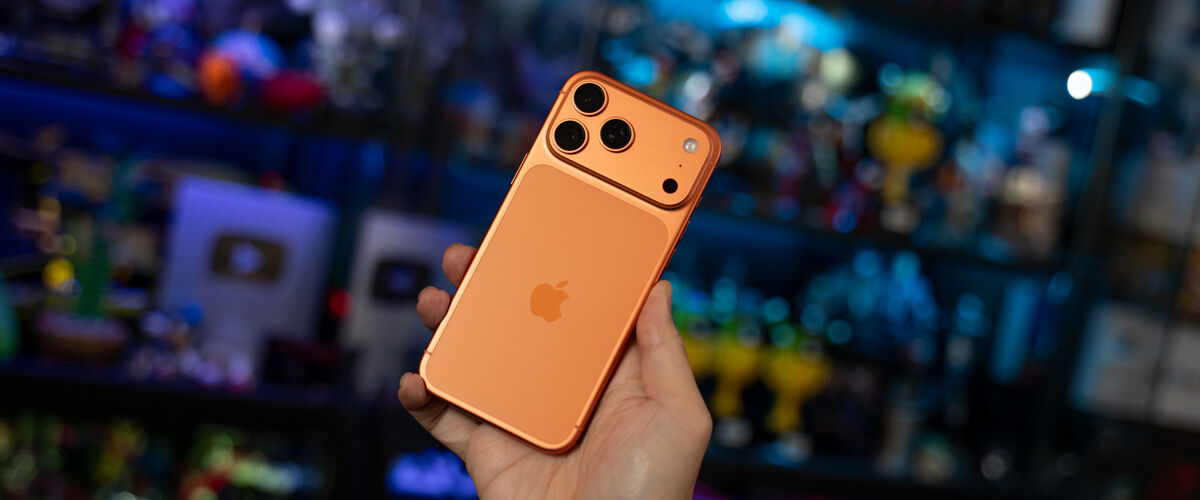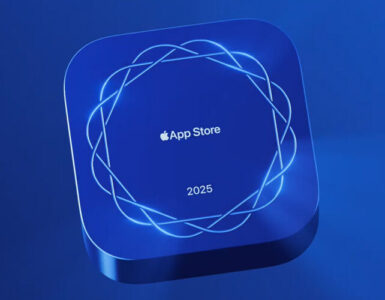Individually, the new upgrades and updates to the iPhone 17 Pro Max – rear cameras, front camera, unibody chassis, updated processor, colourway, and more – represent the incremental upgrades that the smartphone industry has been pushing as the norm for years, but as a collective, the latest flagship from Apple represents an amazing package rolled into one.
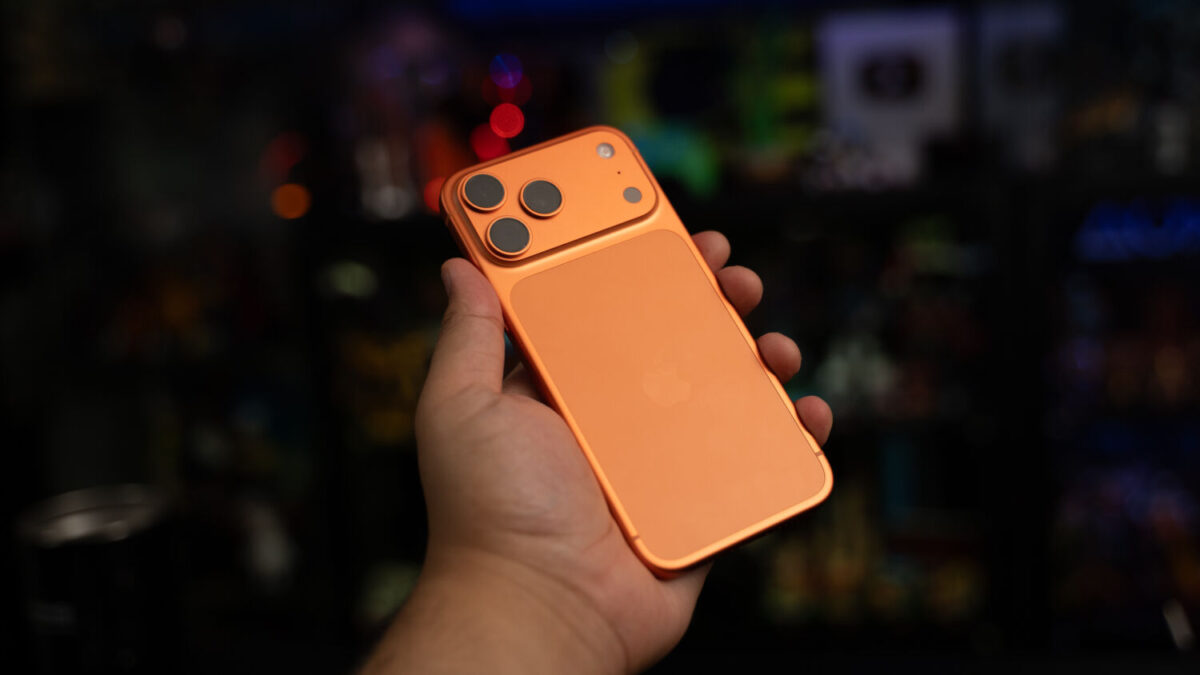
From the rollback to the aluminium unibody frame away from the titanium in the previous iteration, introduction of a larger rear module that houses three 48MP camera lenses and then some, next-generation wireless networking chip, to the smooth execution of an 18MP Center Stage front camera, Apple’s latest checks the boxes for all the required improvements, while offering refinements that fundamentally change the way you use your phone.
In terms of design, the iPhone 17 Pro Max shares almost the same dimensions, look, and feel as its predecessor. There’s the 6.9-inch Super Retina XDR OLED display with ProMotion at refresh rates of up to 120Hz, and the 2,868 x 1,320 resolution at 460 ppi (pixels per inch), with the biggest change being that it now offers 3,000 nits of peak brightness outdoors, compared to 2,000 before.
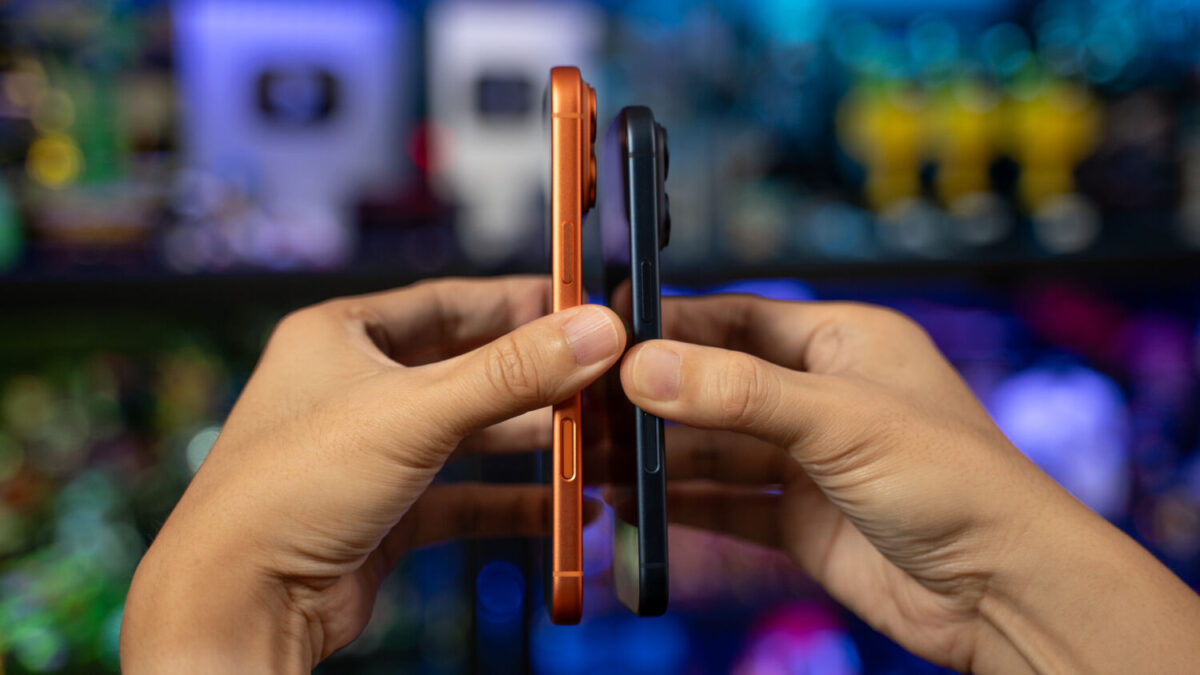
Its height and width have grown by a mere 0.4mm, now at 163.3mm and 78mm respectively, while the depth measures 8.75mm instead of 8.25mm. The weight has gone up to 231g from 227g previously, but given the larger rear module, it feels much lighter than anticipated.
For the last few generations, Apple has housed its three-camera lens system on the Pro models within a rear camera module that protrudes from the top left of the phone, and while we have grown accustomed to a left-inclined lens placement, it has provided a somewhat unbalanced device that doesn’t sit flat on the table.
Replacing that camera module is a larger one that extends across the length of its rear body, though it’s less of a module and referred to as the camera plateau. Housed within are three 48MP camera lenses, which are still positioned on the left edge. There’s a 48MP telephoto that substitutes the previous 16MP, with support for 4x zoom or a 100mm focal length equivalent for 48MP images, or an 8x zoom or 200mm focal length but capped at 12MP images.
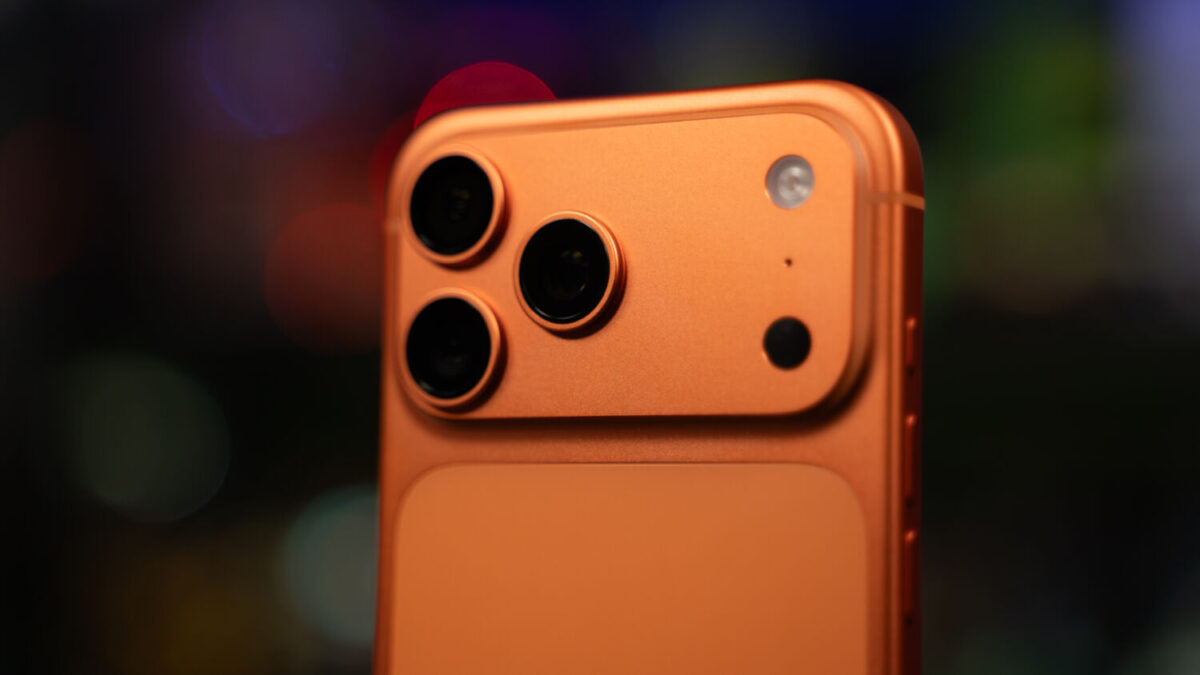
The mostly unchanged 48MP main camera offers wide-angle photography, allowing users to choose between 24MP or 48MP images at 24mm focal lengths, or 12MP images at 48mm focal length.
The final camera is the 48MP Fusion Ultra Wide, boasting a 13mm focal length and a 120-degree field of view, alongside support for 4K Dolby Vision recording at up to 120 frames per second. New to video is the ProRes RAW recording option, and 4K 120 fps ProRes recording is available with an external storage connected to the phone.
And the quality is amazing. Using the Pro Max models of the iPhone 17 and iPhone 16, we took shots of the Singapore Flyer from a distance, and on the 48MP photo with the iPhone 17 Pro Max, we were able to zoom in all the way, to see the spokes and center structure of the flyer with greater details, compared to the muddy look on last year’s model. Herein lies the challenge for consumers to be aware that megapixel count is just one part of the equation – Apple can easily bump up the megapixel count, maintain the same sensor size as before, win at the marketing game, and consumers would be none the wiser, but don’t be distracted by the megapixel count. The sensor size also plays a significant role, and by increasing the sensor size on the rear telephoto lens by 56 per cent, image performance has improved significantly.
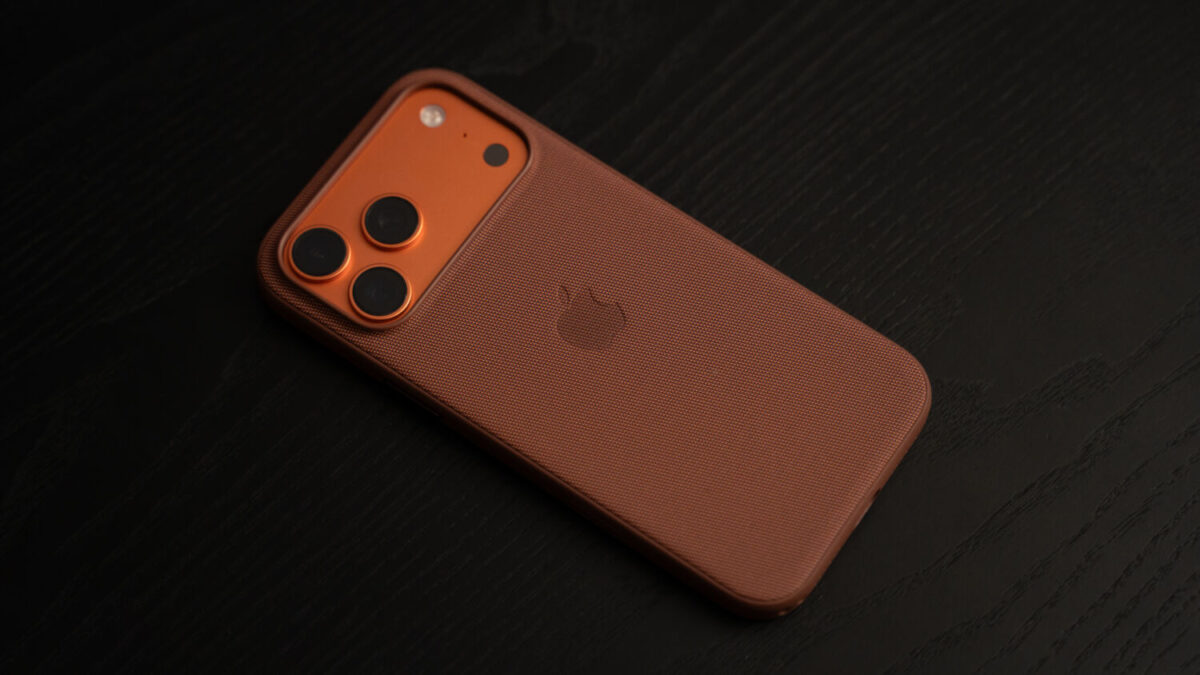
So do we still call the larger design a camera module? It’s actually not, as this new, larger block houses more than just the cameras. Apple has indicated that to maintain the device’s slim build here, some of the components have been moved to this camera plateau to accommodate a larger battery. Whatever has been included, this plateau, as part of the new aluminium unibody chassis, helps balance the top of the device, so it rests more firmly on a flat surface. With the aluminium body, the rest of the rear is now made of Ceramic Shield, the same material used to coat the front display on the iPhone 16 Pro Max. With the iPhone 17 Pro Max, the front is now coated with Ceramic Shield 2 for three times improved scratch resistance.
Appearing in a lighter shade of orange on our Cosmic Orange review unit, the ceramic panel looks almost like a touchpad on a MacBook Air. While we do miss the titanium frame that lined last year’s Pro Max model, the use of ceramic on the rear, combined with aluminium, is a great alternative and replacement that makes for a unique identification mark. It remains to be seen how the ceramic will withstand repeated drops, but in a surprise move for Apple, the Cupertino giant has released video footage for drop, scratch and bend tests for the first time, showcasing how the series performs in reliability and durability tests.
For those wondering where the phone’s antenna sits, especially around all that shiny aluminium, it’s actually placed around the curved edge of the plateau. Otherwise, all the other buttons remain the same, with the Action and Volume buttons on the left edge, and the side or power and Camera Control buttons on the right.
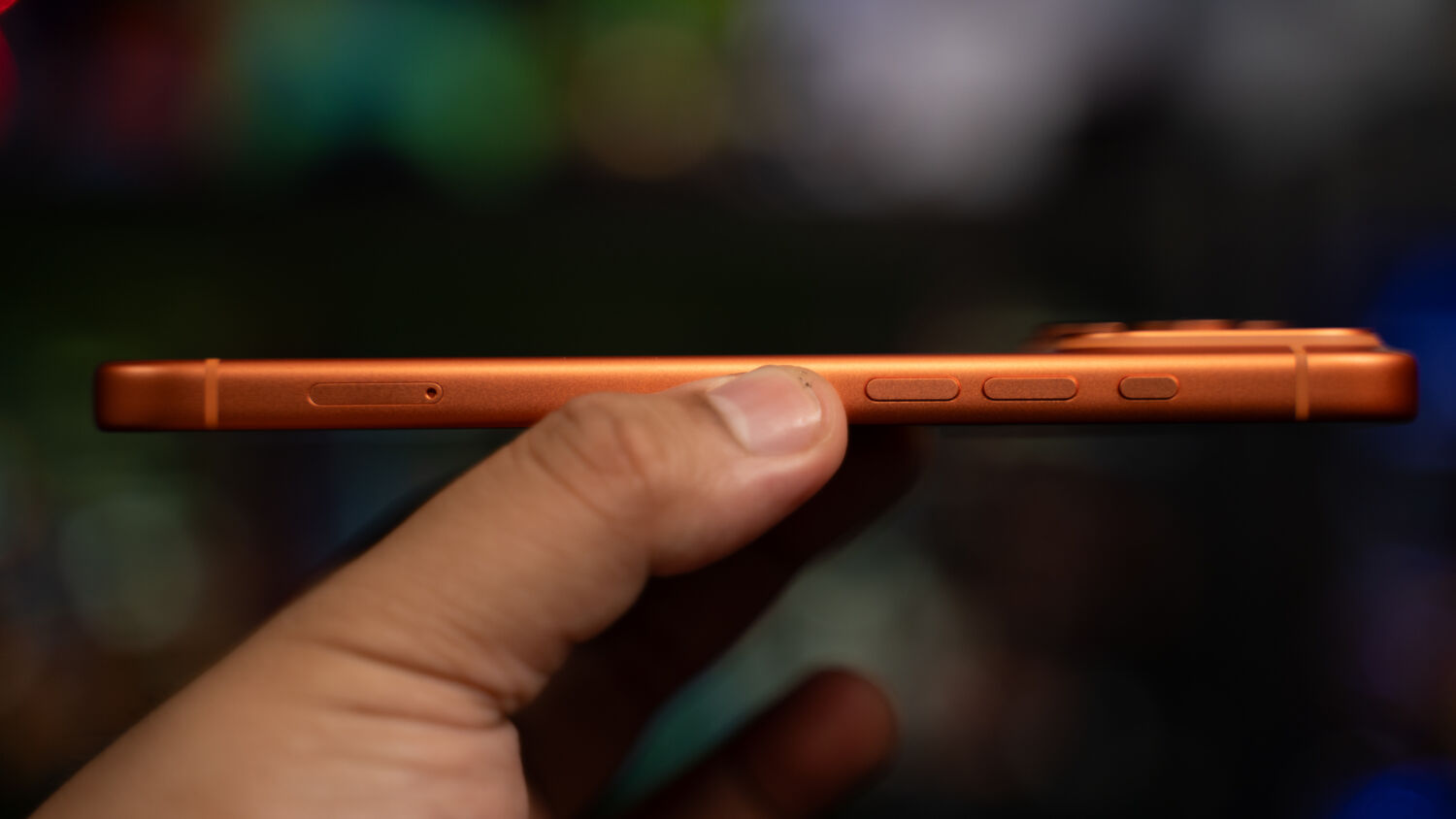
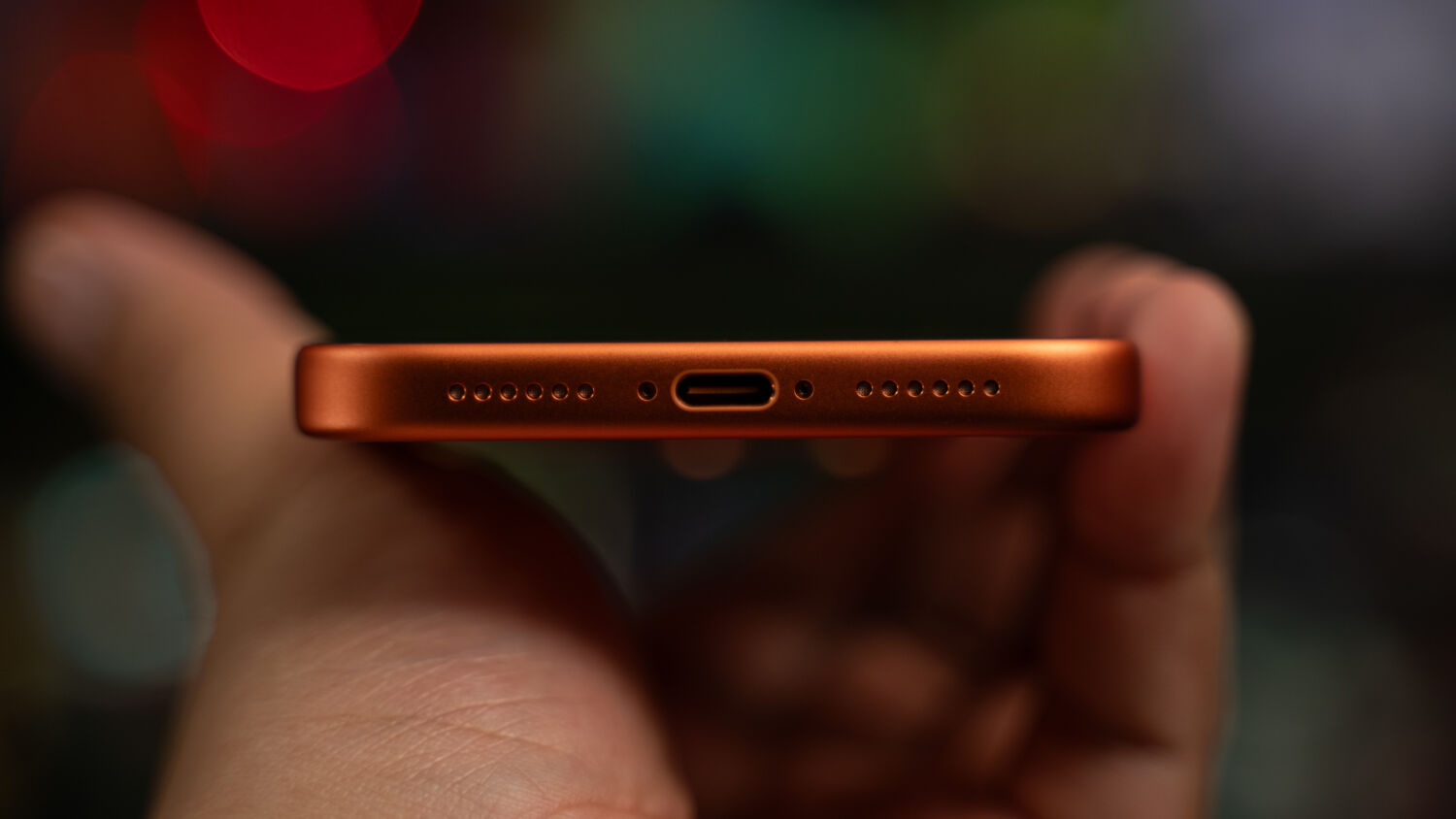
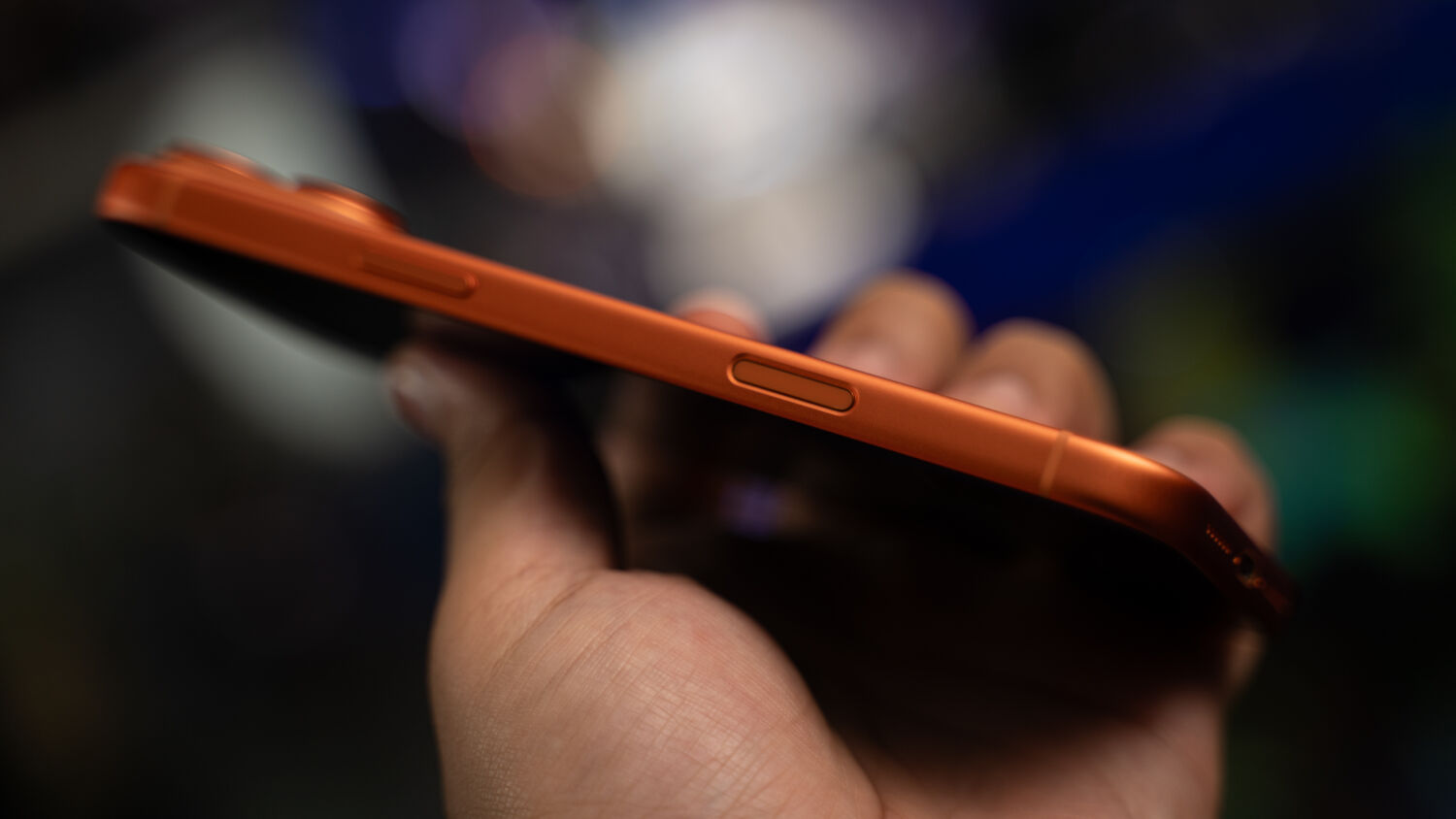
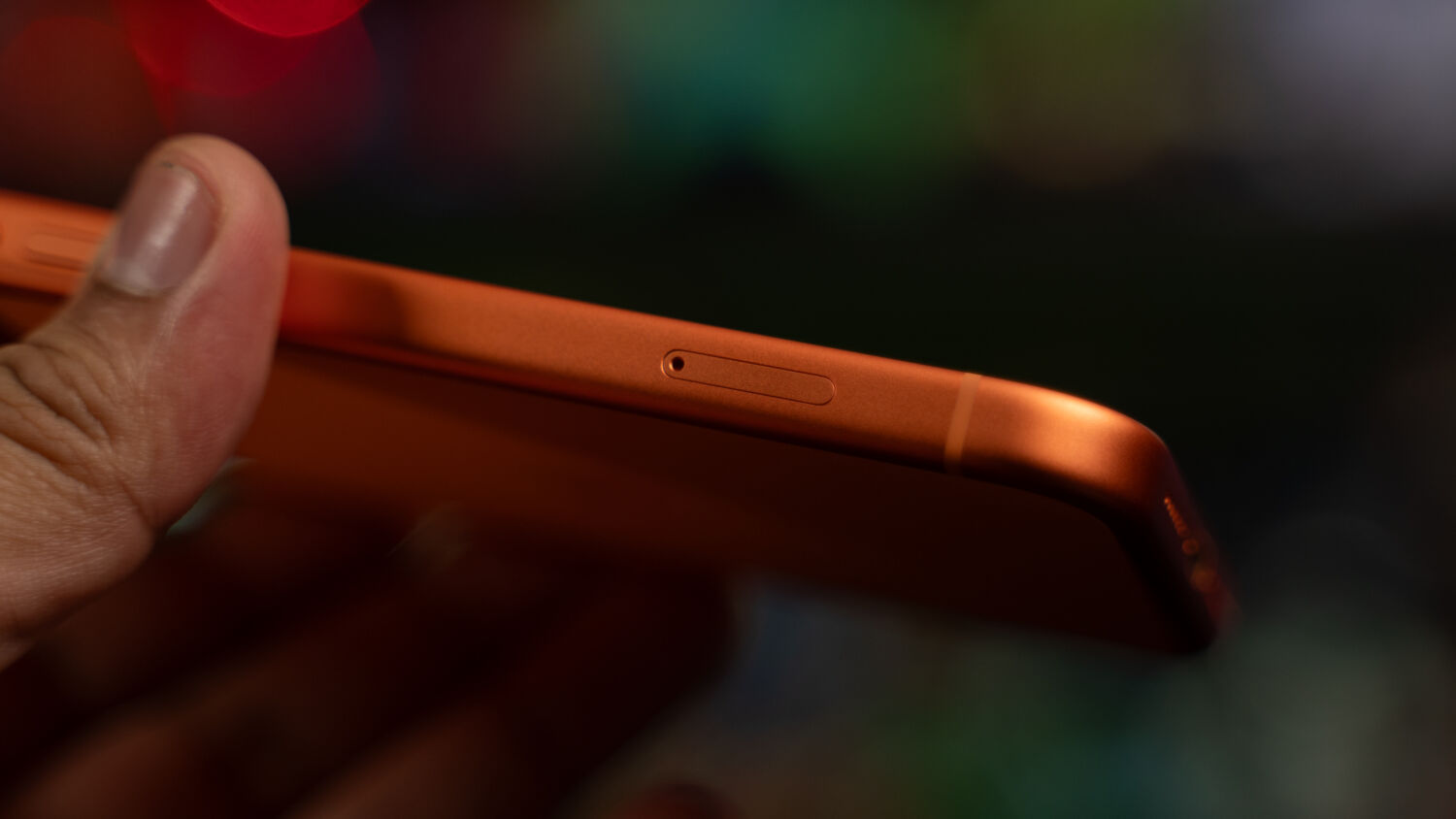
Alongside the camera upgrades is a revised user interface for camera and video controls, though a significant portion of this can also be attributed to the latest iOS 26 software update that brings about a new series of interfaces to match the incremental camera improvements throughout the years. This includes a refined one that moves Live Photo and Styles mode to a secondary menu, and in this mode, you only see Video and Photo mode as options, but if you know your Apple interface, sliding left or right will reveal the other classics, such as Cinematic or Portrait mode – these option just don’t clutter the interface as well.
Aside from the rear camera though, the other big change is the square sensor powering the 18MP Center Stage front camera. For as long as we can remember, it’s second nature to rotate our phones to take a group or landscape wefie, to fit a larger group of people into a shot. Not only does Center Stage automatically keep you in the centre of the frame, but additional subjects in the same space will also be detected, with the camera orientation reframed from vertical to landscape, and pulling back as needed. The magic hails from a new square sensor on the front camera, allowing horizontal framing to still sit within the sensor, such that users no longer have to rotate the camera to take a group wefie. And you no longer have to tell your friends where the camera is with the phone rotated, because we’re all used to the top display placement of a front camera.
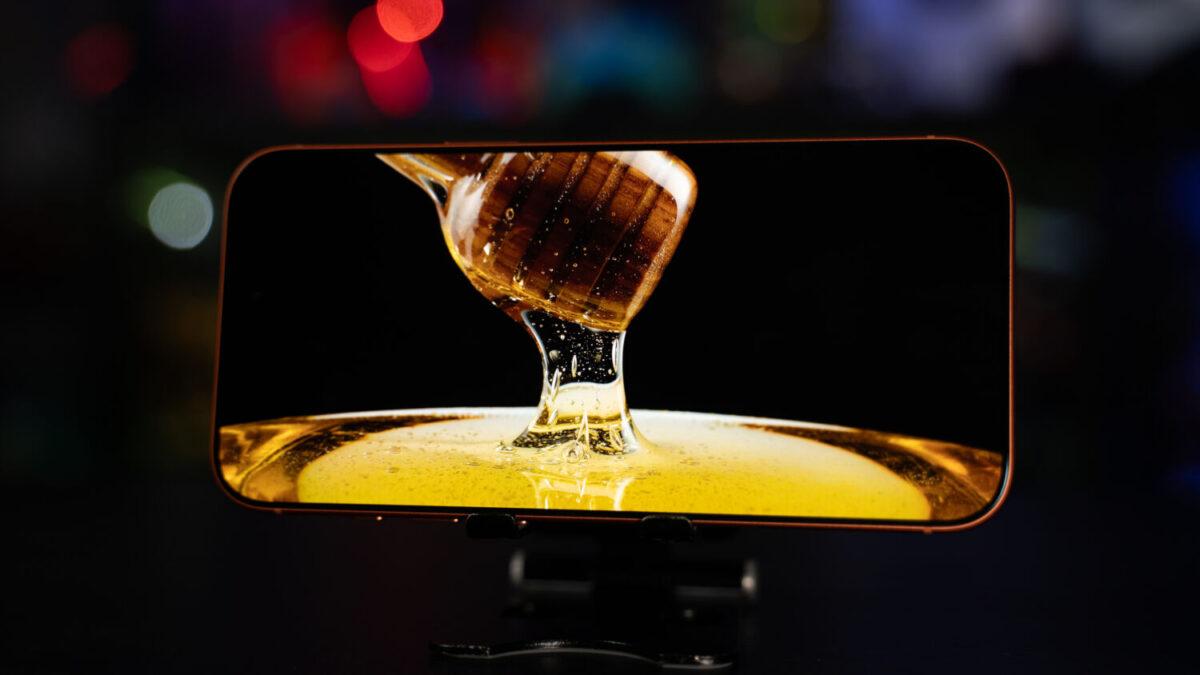
Is this a revolutionary upgrade? Hardware-wise, it’s not, but by catering to a common use scenario and changing the hardware and software to fit human behaviour, it’s clear that Apple has a better understanding of how its hardware is being used. If that’s not enough, there’s also a new Dual Capture mode that should be extremely popular with the younger, content-creating crowd, as they can now record video using both front and rear cameras simultaneously.
It’s not new to the market, as this feature is already available on several Android phones, allowing rear cameras to record the main subject, say, food or a sporting event, and the front camera to record your reaction to what’s being shot. Since it’s native to the iPhone 17 series, users will no longer require a dual camera setup, and can move the placement of the smaller, front camera window on the screen, in case it’s blocking some of the action taking place. The result is a single video file available in 1080p or 4K that you can then edit for use across content platforms.
As for processor performance, the new A19 Pro chip, also used on the iPhone 17 Pro and iPhone Air, continues Apple’s legacy in providing a chip that outperforms last year’s. On the Geekbench 6 benchmark, the new CPU produced a single-core score of 3,547 and a multi-core score of 8,953, compared to 3,460 and 8,730 on last year’s model. With the GPU, performance hit 45,521 compared to 32,171. And on Antutu, the phone clocked a rating of 2,431,666 compared to 1,995,725 on its predecessor.
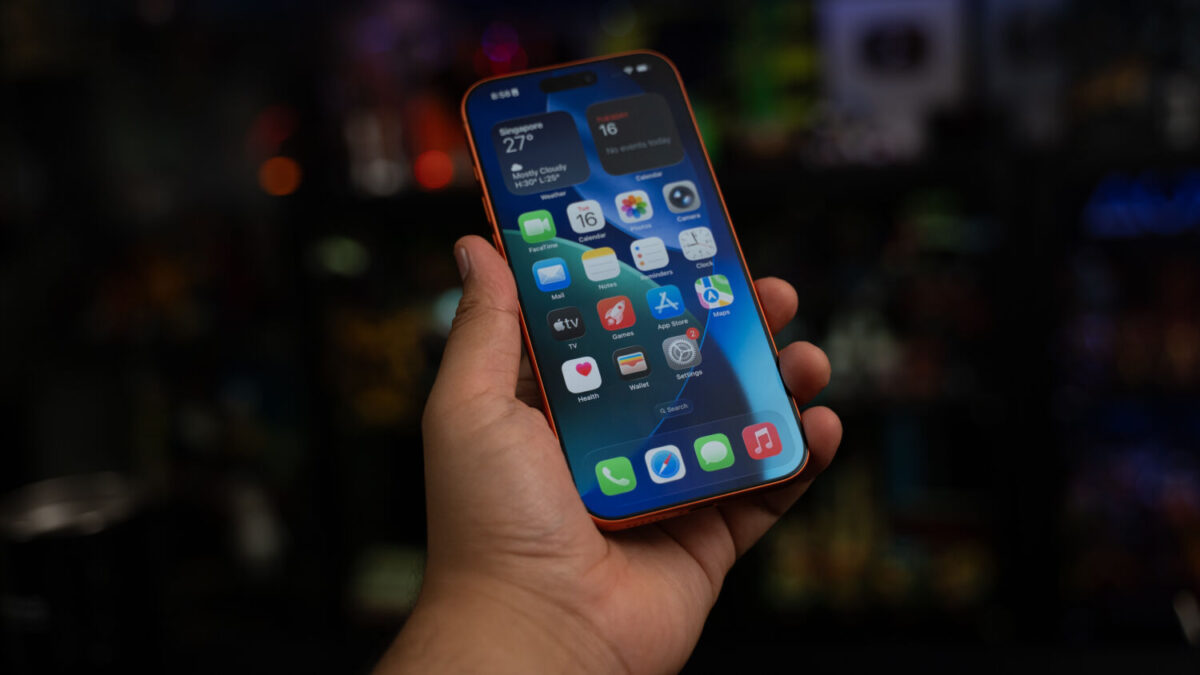
So what does the larger battery life deliver? Apple still continues its practice of providing hours of video playback, rather than capacity, and this year’s model adds four hours of use compared to last year, at 37 hours worth of video playback on the device and 33 hours streamed, compared to 29 hours before. After one year with the iPhone 16 Pro Max, there hasn’t been a time when the phone went dead due to the battery, so you can expect the same extended use scenario with this new model.
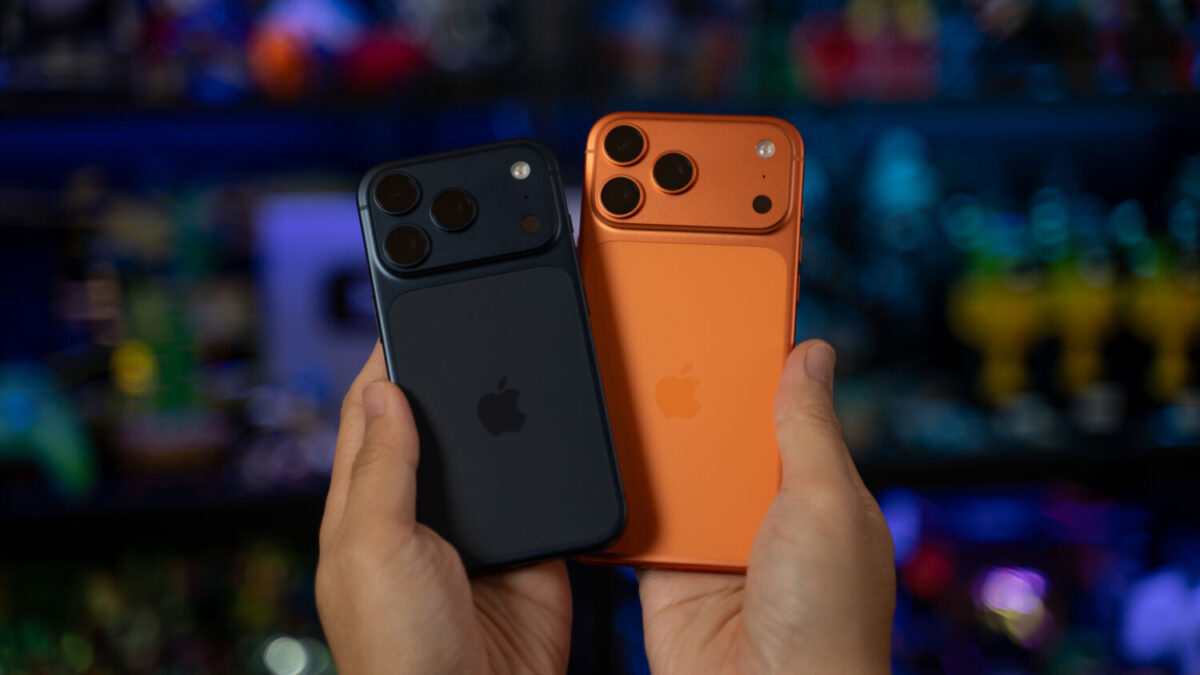
Together with a more integrated Apple Intelligence, a faster networking chip that (finally) brings Wi-Fi 7 to the iPhone, the iPhone 17 Pro Max adds new features that matter, adapting to the expectations of a bigger demographic. Yes, the S$1,899 price point will be the largest stumbling block for most looking for a high-end device that adds built-in content creation functions, a more powerful camera system and a larger display, but that’s the price to pay for improvements that matter.
GEEK REVIEW SCORE
Summary
The changes from the iPhone 16 Pro Max aren’t excessive, which means this isn’t the must-have upgrade. Still, Apple has packed in enough to entice users who want power and performance, and are willing to spend, especially if an updated camera system and software offering is key.
Overall
9.1/10
-
Aesthetics - 9/10
9/10
-
Build Quality - 9/10
9/10
-
Performance - 9.5/10
9.5/10
-
Geek Satisfaction - 9/10
9/10

